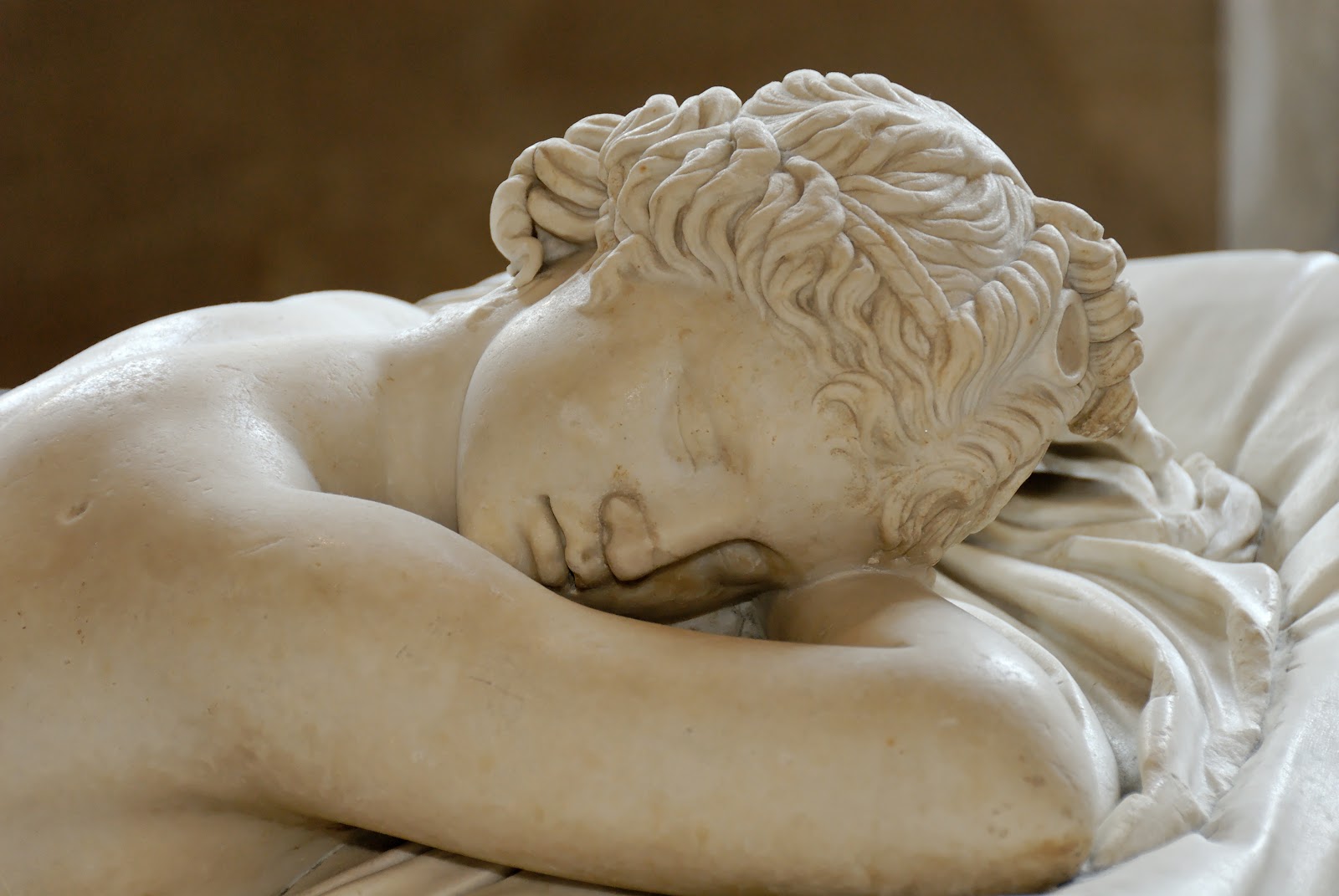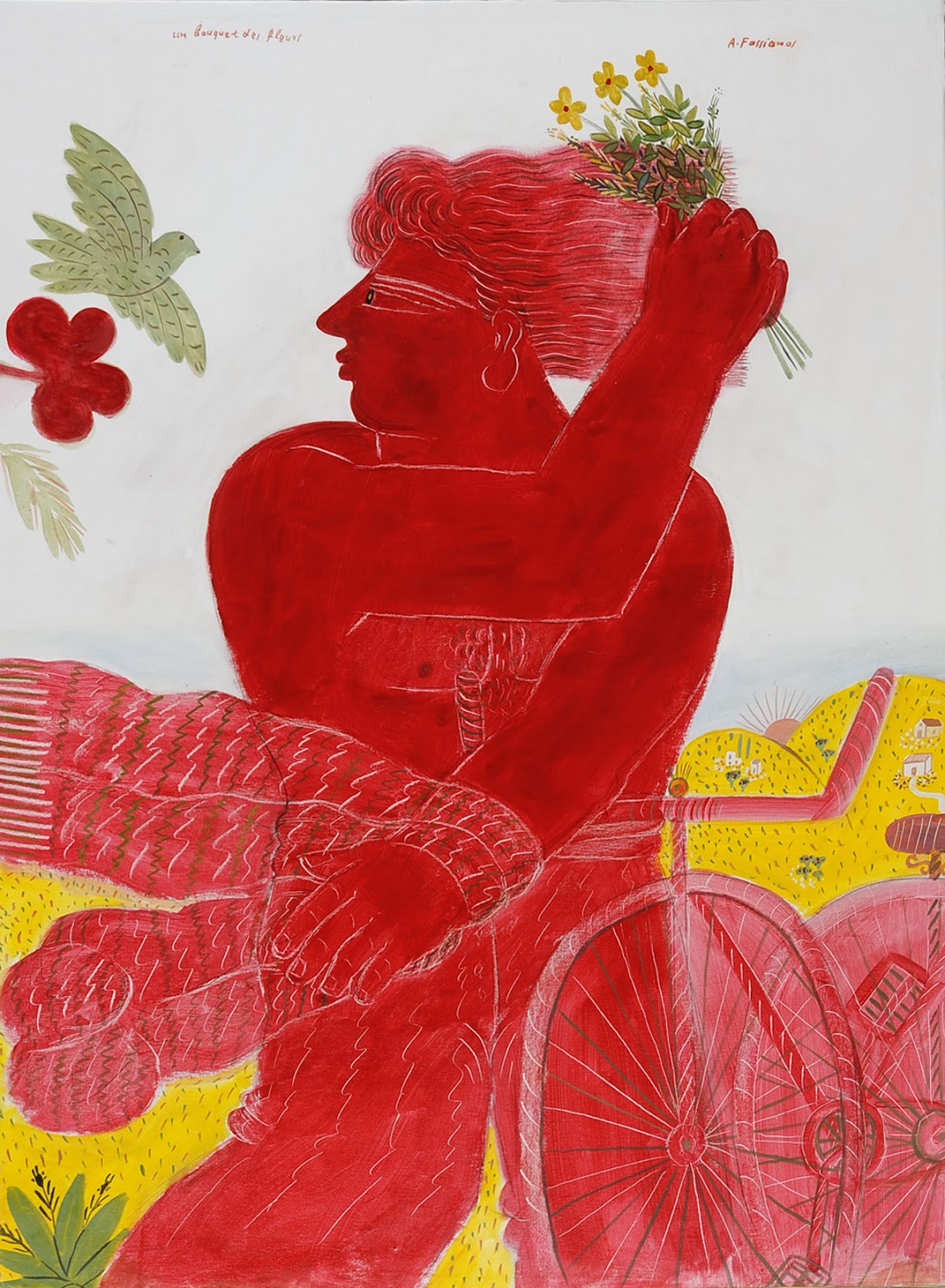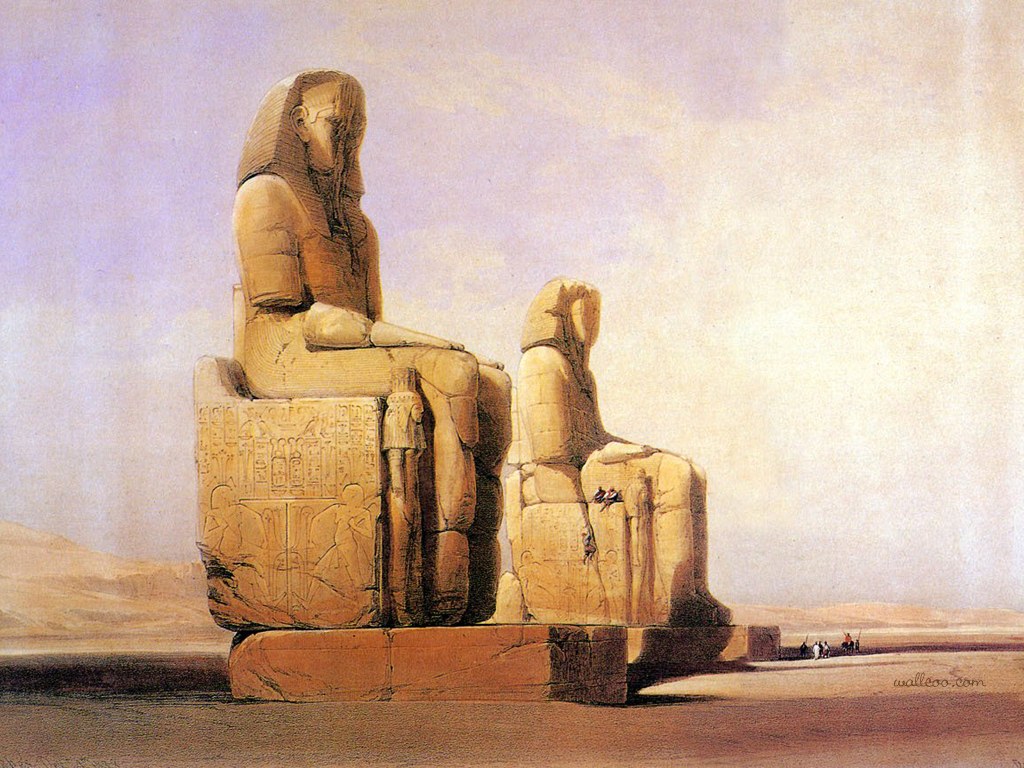In the Eighties of the 16th century, the Grand Duke Francesco I and his friend and collaborator, the architect Bernardo Buontalenti, started the project of the Tribuna.
It is the most important room at the first floor of the Uffizi palace, which ground floor was - at that time - occupied by the Florentine magistrates.
The Tribuna was the first nucleus of the Uffizi Gallery: it is a space conceived and realized to display to the public artworks considered the most precious of the Medici collection.
Marble Roman copy after a Greek original























